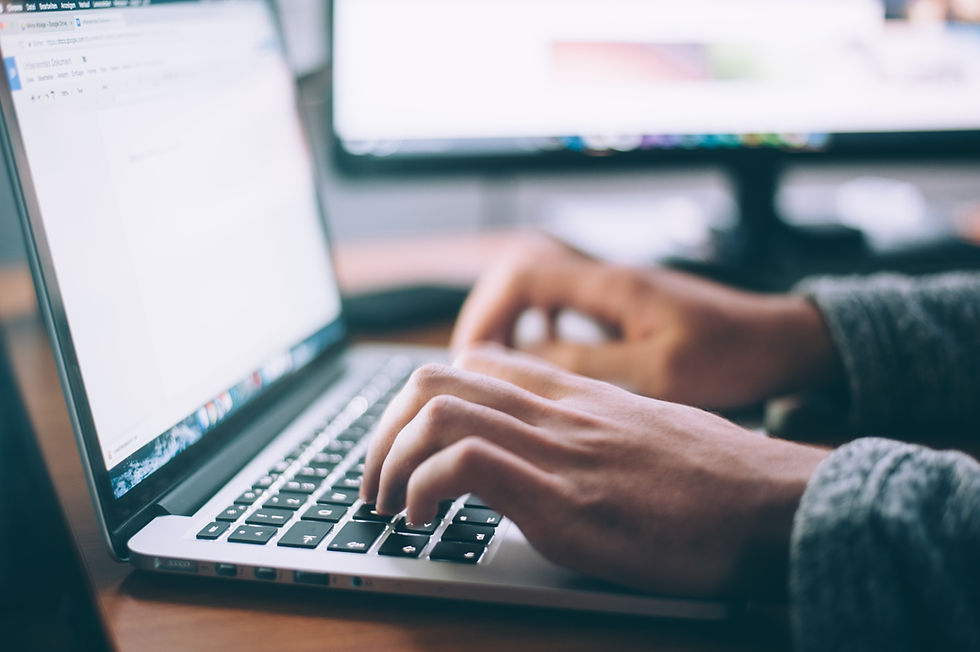How it all began.. a brief history of Pilates
- Rachel Walsh

- Jun 30, 2020
- 2 min read
Did you know that Pilates was originally used to rehabilitate soldiers during the First World War? Or that it was popular with dancers and athletes to improve technique?
Joseph Pilates was born in 1880 in Germany. He grew up plagued by rickets, asthma and rheumatic fever. A determined man, he developed a unique exercise programme and the personal strength to become an accomplished body builder, boxer, diver, skier and gymnast. He even taught self-defence to members of the Police Force.
When World War One broke out, Joseph Pilates was interned by the British authorities and, while at the camp, he trained other interns who needed rehabilitating. He noticed that when there is a weak or misaligned area in the body, there was a tendency to ‘over-compensate’ or develop another area of weakness.
In the early 1920s, Joseph moved to the USA and, with his wife Clara, set up a New York studio to teach his method (originally called ‘Contrology’ and later renamed Pilates).
What is Pilates?
The slow, controlled flowing movements strengthen the ‘core’ muscles that support and stabilise the spine, realign the body and correct postural problems. Pilates brings mind and body together and focuses on the principles of concentration, breath, ‘centring’ (contraction of the deep abdominal muscles), precision, control, stamina, awareness and relaxation.
Originally popular with dancers, gymnasts and athletes, the 34 mat-based exercises were initially designed for advanced clients to be performed in a specific order, making the sessions pretty intense!
Although Joseph was the man behind the method, many say it was Clara who became the real teacher in the studio, and began the process of evolving and adapting the method to suit the individual needs of clients.
Today there are plenty of adaptations and modifications so Pilates can be enjoyed by everyone. In our digital age, postural problems are sadly more common and versions of the exercises are widely used by personal trainers, physiotherapists and osteopaths.
So next time you get your mat out for a Pilates class (online or in real life!), take a moment to remember how and why it all began...




Comments